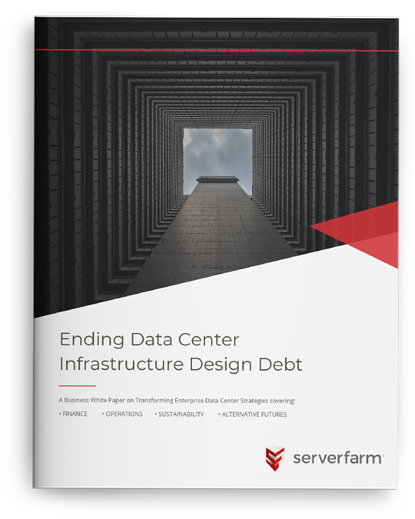Trends in data center construction are throwing up many speculative projects described as ‘build-to-suit.’ But there are many hundreds of existing data centers that were built to suit their owners and occupiers, who have since moved on or scaled up or down, leaving the data center no longer perfectly customized to requirements. Instead of building new data centers, it is viable and environmentally and financially attractive to make more use of what already exists.
For those who own and operate existing data center fleets and who need additional capacity, the question is whether leasing a yet-to-be-built data center is the best option. Some developers offering a ‘build-to-suit’ revolution are approaching enterprises with promises of ‘Speed,’ ‘Custom design,’ flexibility,’ and ‘price transparency.’
The hard fact is that some of the promises being made by developers are not in their gift.
Today’s data center construction market is unlike anything that has gone before. It faces an almost perfect storm of new hurdles.
Authorities are imposing planning restrictions and moratoriums on new builds. Those city metros, regions and countries that want to attract construction projects are pushing developers into out-of-town and often remote availability zones. Planning and regulatory bodies are increasingly demanding environmental impact reports for new builds. These reports are becoming ever more granular. Many require accurate figures on embodied carbon, carbon reports on the raw materials and the building process with demands that all must be measured, reported and off set.
On top of all that, construction is facing a major global skills crisis.
In many parts of the world, construction infrastructure supply chain problems are becoming more acute. In technology, we are used to reading about the 2021 semiconductor shortage, but 2021 also saw shortages in the supply of cement.
Build-to-Suit 2.0
The build-to-suit trend could actually be described as ‘Build-to-suit 2.0.’
Twenty years ago, banks and financial institutions commissioned the first generation of built-to-suit data centers. In that boom, financial services firms embarked on global data center construction rollouts with very specific demands on design and infrastructure resilience and location.
They wanted to finance N+2 and N+N Tier III+ and Tier IV data centers in the locations that worked best for their business.
Today’s build-to-suit trend raises some questions for the financial sector and many other vertical markets. The first and most significant question is: If you already have data centers, then why build new ones? Why start again with new holes in the ground, new shells, new locations, new power and connectivity sourcing and all the attendant risks. Why make more carbon?
Re-use to Suit
In many places, a more sensible and sustainable approach is to Re-use to suit.
Modernizing existing infrastructure provides speed to market, custom design, infrastructure flexibility, along with hyperscale levels of efficiency and sustainability.
The risks and costs are lower. The embodied carbon cost of new materials is avoided. The life of the existing asset is extended. Power and connectivity are already available. The infrastructure debt is turned into a sustainability credit.
Enterprise needs for new data center capacity can be met without resorting to new buildings.
Multiple tiers can be enabled in the same site (ultimate flexibility). Power and cooling infrastructure modernization and upgrades can match the performance and efficiency of new builds.
Complete transparency on project costs is standard. Once completed, the enterprise takes possession of a fully cloud-optimized operation where every physical aspect of the DC is managed for efficiency and performance.
This approach can reverse the negative impacts of infrastructure debt, such as rising maintenance costs, less efficiency and greater risk. It delivers benefits normally available only to those with the biggest requirements and the deepest pockets. Re-use means sustainability and financial benefits are not restricted to global enterprises and hyperscale players (though they are not excluded).
Conclusion
Digitization and decarbonization mean new data center builds will be required. But new build-to-suit is not the only game in town. Speculators will continue to build new data centers to catch the digital wave because, to re-use an old phrase: ‘when you are a hammer, everything looks like a nail.’
A psychological phenomenon exists that when faced with a problem or asked to improve something, human brains think about adding something before considering taking something away.
Repurposing, renovating and modernizing your data center is a viable alternative to rushing into new builds. Taking something away (aging infrastructure and processes) and then adding to something that already exists is less risky, less costly and more sustainable.





